World Fine Art Professionals and their Key-Pieces, 85 - Hedwig Smulders
World Fine Art Professionals and their Key-Pieces, 85 – Hedwig Smulders
Hedwig Smulders makes drawings and sculptures. The drawings are on the walls and the sculptures stand on pedestals in her apartment in The Hague’s Zeeheldenkwartier. There’s also a grand piano. We go to the front room where we sit at a round table. “This table is actually my studio.”
Hedwig Smulders’ artwork is about the bond between man and nature. “In my work you see natural, organic shapes.” Obviously nature is very important to her. “I’m inspired by structures in nature. Those structures are there for a reason. They are not at random but have a function. For example, a vain of a leaf has a function, it is a way to survive. As humans, we find that unconsciously – and consciously – beautiful. There is consistency. As a musician – I also am – I see consistency in compositions.
Zimbabwean stone
To illustrate she points to a sculpture at the round table. It is sculpture of a backwards falling woman who knows to balance. In the black stone sculpture we see the woman with long hairs but also many pebble-like spheres. It is an important work for her, even a key work, she says. “I started with the figure of the woman. The result I did not find that interesting. Then I’ve made structure, I call it the ‘hedwig-structure’. Organic forms, all these spheres. Some parts I started sanding, other parts not, then it is polished and waxed. This makes it exciting.” She had never done this before. Bring structure to a figurative sculpture, making it more abstract. It is positioned in a nice way. It seems to be balanced. The sculpture, made in 2013, was the beginning of a series entitled ‘Mouvements’. I see indeed many similar sculptures.
The sculptures are made of Zimbabwean stone, serpentine stone. It is mined at the earth’s surface. There appear to be complete sculpture villages in Zimbabwe. Hedwig: “You have various kinds of stone: opal, blue-green, springstone is the hardest form, which has a deep black color. I like to leave the ‘shell’, you get a certain glow.” She has the stones from a Zimbabwean on an estate in Renkum. She has also taken courses with him how to work with the stones.
Kien wood
Besides Mouvements there is another series, ‘Arcadia’, these sculptures are more figurative. It goes back to the Greek mythological paradise, Arcadia, with naiads, water nymphs. Hedwig: “They were the guardians of the fruits, flowers and people. They were in running water. You recognize it in the work. It is about the desire for the perfection of life, including nature.”
We view the sculptures. I also see some sculptures with a piece of wood next to it, totally worn and hardened. Hedwig: “It’s kien wood, driftwood. It has lain for centuries under the peat and become rock hard. The farmers call it ‘bonk’. They detest it. Their machines can be jammed by it. The sculptures are inspired by the wooden forms. They are part of the series Mouvements.
The sculptures are all on solid hardwood bases that are also part of the artwork. It is the wood of old dams, moorings, parts of locks. The bases are cut out by a man from Ouderkerk a/d IJssel. “I find it exciting that is has a story.”
Hedwig Smulders was born in Aruba. Her father was a teacher – French. In kindergarten she was with the nuns running around in white fluttering tropical costumes. When she was 4/5 years the family went back, by boat and came through Rotterdam in Tilburg. After high school in Tilburg she went to the Royal Conservatory in The Hague and studied violin. She’s still a musician and plays like altiste mostly chamber music. Years ago in the Multatuli string quartet and now in the Maris quartet. And in addition she is a lecturer at the SKVR Rotterdam and gives violin lessons there.
Beach Lines. Throughout her childhood she made music and drawings. Also with girlfriends. She didn’t follow a special training, only drawing classes. Sculpting began only six years ago. She’s quite a time in France – with her husband she has a cottage in Normandy – and then wanders regularly on the beaches. At the Normandy beach she found pretty flat boulders with forms of nature on it. She shows me one. Indeed, very beautiful. The rocks on the French coast have their own shapes, each place is different again. At the Brittany beach of Ploumenach the shapes were quite round. She made drawings of it. The ebb and flow showed special lines in the sand. She shows me one on her phone that she just sold. “I am inspired by it. An image should be good as far as form is concerned. It must have an organic structure.” She grabs a deer antler lying under the table. I see all kinds of lines on it. “It is a first step to go further.” We walk to the grand piano in the back room, where she shows me drawings in brown tones inspired by the antler. The shades are drawn with watercolor pencil. “I do it dry. Without water.”
On the wall opposite the piano hangs the drawing of a ‘loophole’ as she calls it. “I saw it in the Zoo, in the elephants space. It was quite intriguing, through all the cobwebs that hung in front of it. I made a picture of it and than drew it. I fantasized a cushion-like peripheral around it. The work is called ‘Rag’. I consider it a key work of drawing. It is not in a series, it is a precursor of Mouvements, made in 2012.”
Ile de Brehat
We go back to the front room. On the wall above the round table hang two large drawings. Beautiful shapes, but you do not see exactly what it is. The one turns out to be a chestnut and the other strongly enlarged seeds. “It comes from a floral island in Brittany, Ile de Brehat. It has its own climate, a subtropical micro-climate. You see there certain trees that you don’t see elsewhere, also many exotic plants.”
Atr there similarities between the music she makes and the visual work? Hedwig: “There are. In music, you look for the most beautiful timbre through dynamics, register, phrasing. In visual art you do the same, then it relates to the ‘skin’, modifying the surface of the sculpture, the colors. Details are important. The finish of the sculptures is the phrasing, timbre in music.”
New York
With her quartet, she made a few times a tour of Finland. Three performances of the Finnish composer Tauno Marttinen were recorded. It was the first time it happened. The CD was given the name of the composer ‘Marttinen’. The Finns loved it. She has travelled around then, and also at other times, and discovered the beauty of nature in autumn. “The colors of the leaves are stunningly beautiful. That influenced my visual work.”
Is there anything special to add? “In one year time I may exhibit in New York. In Artifact Gallery, Manhattan. I get one whole room where I will show 15 works, both sculptures and drawings. Very exciting, how that will turn out.”
http://ifthenisnow.eu/nl/verhalen/de-wereld-van-de-haagse-kunstenaar-46-hedwig-smulders
Disclaimer: The views, opinions and positions expressed within this guest article are those of the author Walter van Teeffelen alone and do not represent those of the Marbella Marbella website. The accuracy, completeness and validity of any statements made within this article are not guaranteed. We accept no liability for any errors, omissions or representations. The copyright of this content belongs to Walter van Teeffelen and any liability with regards to infringement of intellectual property rights remains with the author.


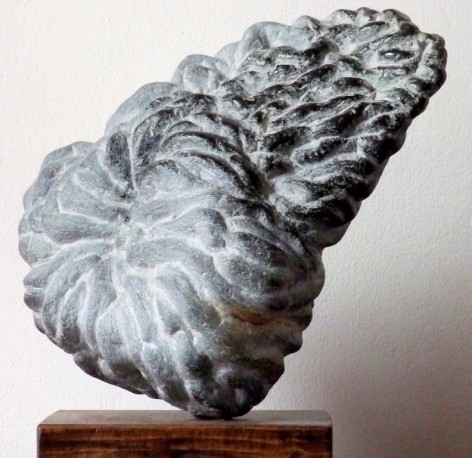
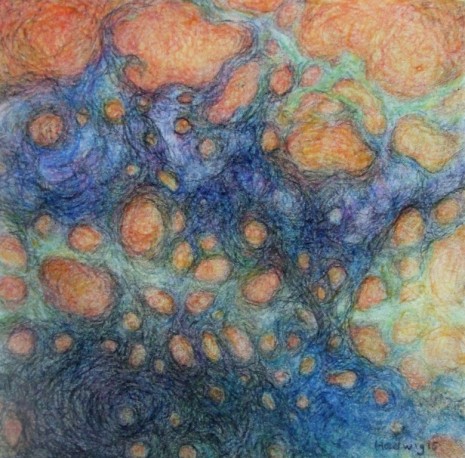
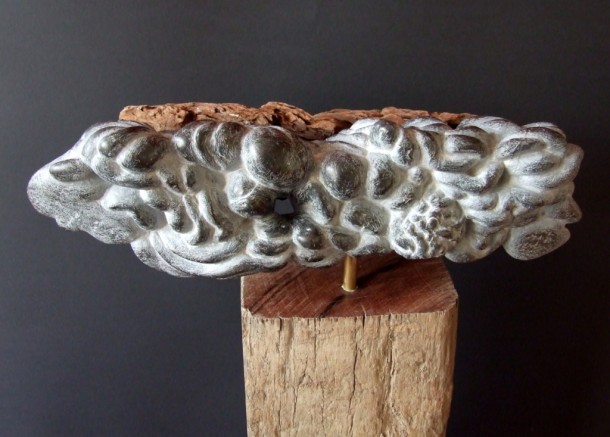
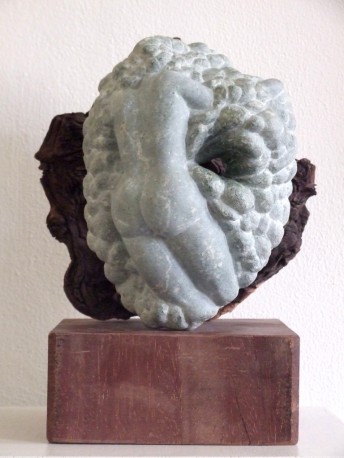
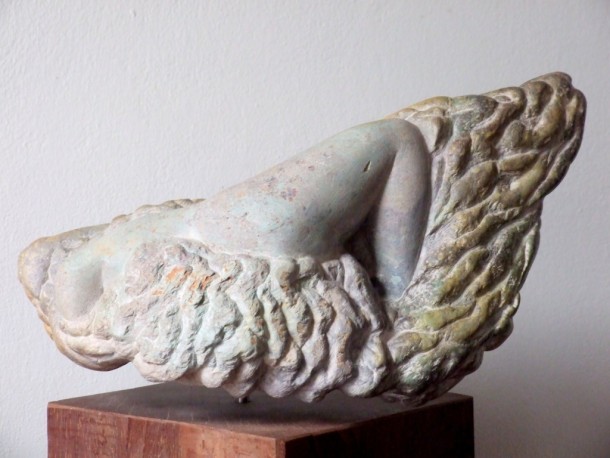
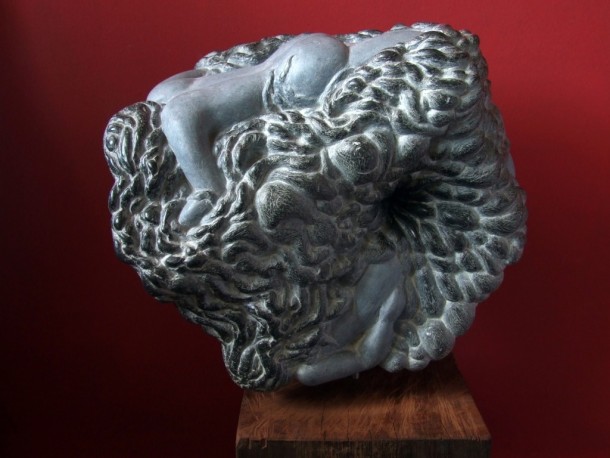

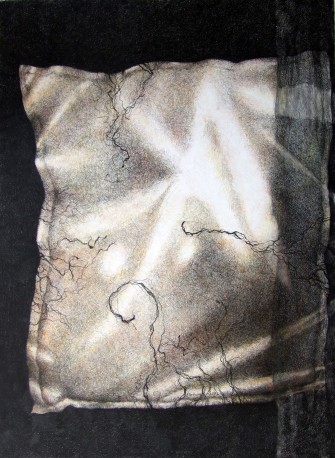
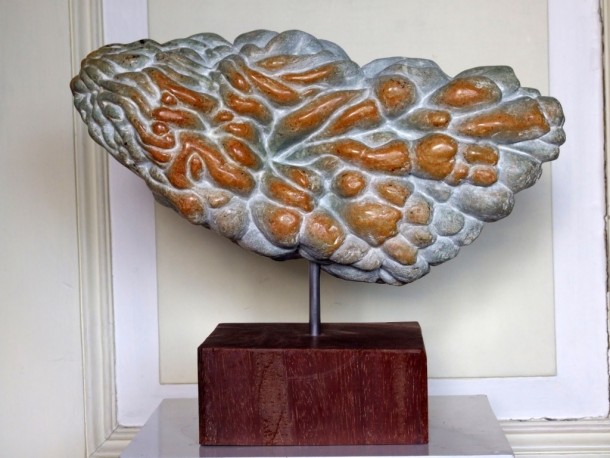














The opinions expressed by individual commentators and contributors do not necessarily constitute this website's position on the particular topic.